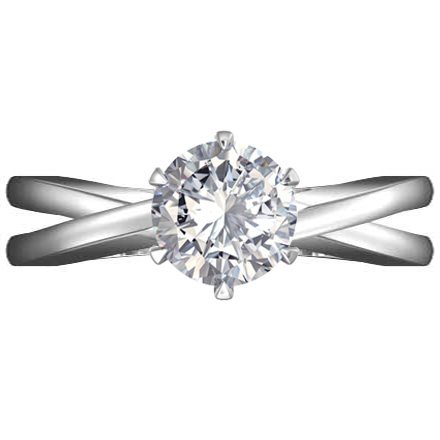How a Diamond’s Shine Influences Your Ring
 The Four Cs outline the major aspects of diamond quality. Out of carat, color, clarity and cut, the last is the most complex to evaluate. Cut doesn’t only determine the shape of diamonds. The level of brilliance and fire in the stone depends on the quality of the cut. This in turn influences how the final diamond engagement ring will look.
The Four Cs outline the major aspects of diamond quality. Out of carat, color, clarity and cut, the last is the most complex to evaluate. Cut doesn’t only determine the shape of diamonds. The level of brilliance and fire in the stone depends on the quality of the cut. This in turn influences how the final diamond engagement ring will look.
Whether they’re round, square, oval or other shapes, diamonds depend on the right measurements. When light hits the stone at specific angles, the jewel brightens. The more light reflects off interior facets, the more the gem illuminates. Careful proportions help keep the diamond shining.
Cut influences how light appears in a diamond. Brilliance is the white light that reflects from a diamond, and fire specks of hue. At some angles, white light enters and leaves a diamond intact. At others, it separates into the colors of the rainbow. This sometimes recombines into brilliance, or remains apart and becomes fire. How the diamond is cut determines how brilliant and fiery the stone is.
Of the diamond cuts, the round brilliant has the strictest standards. A 1919 dissertation outlined the angles, number of facets, their placement and other factors to create the brightest possible jewel. Later cutters improved upon the original, making slight tweaks to proportions to create more brilliance. Those who choose round brilliant rings with quality cuts will enjoy the shine.
Other diamonds have more flexible standards. The number and location of facets may vary, but there’s still common ground. Symmetry allows for even light distribution. Even proportions add to the stone’s beauty, and points look best defined, rather than blunt. A well-made cut makes diamond engagement rings even more beautiful.





